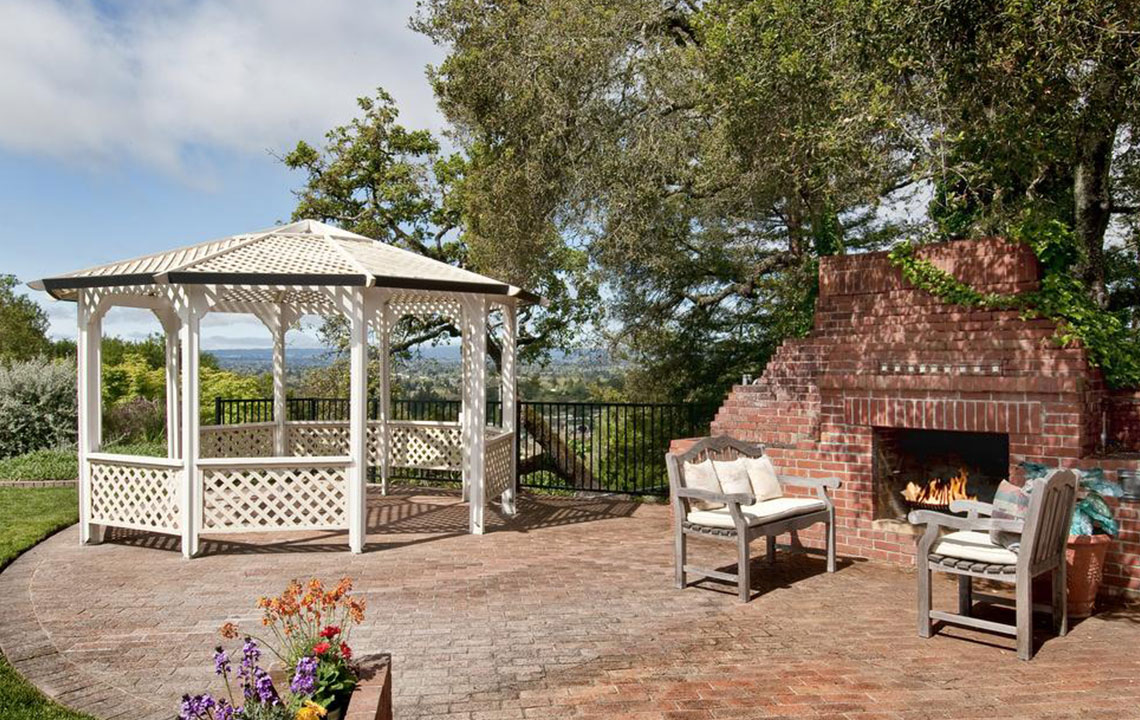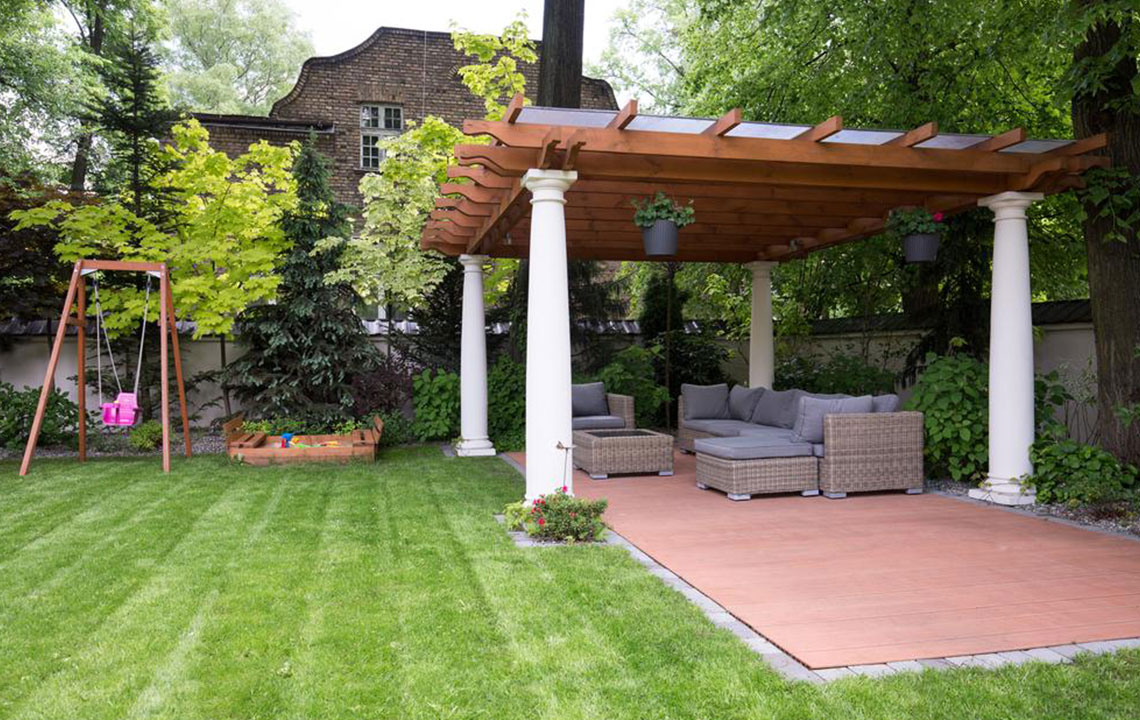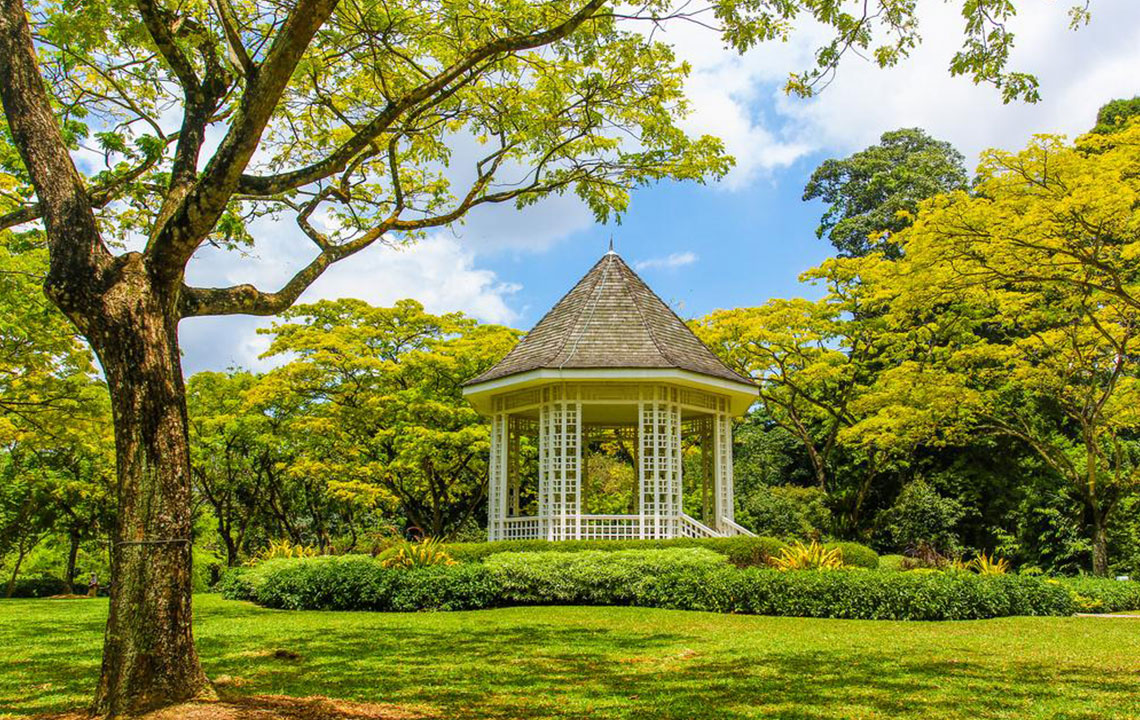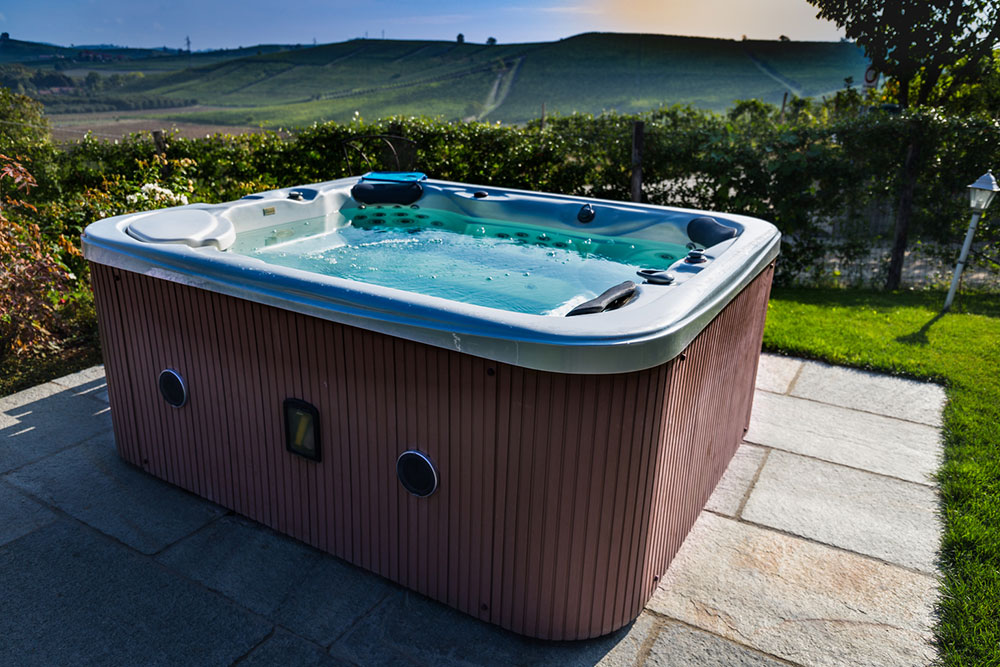Comprehensive Guide to Successfully Installing a Garden Gazebo
This comprehensive guide provides detailed tips for successfully installing a garden gazebo, focusing on location, size, weatherproofing, functional additions like hot tubs, and legal requirements. Proper planning ensures you create a durable, aesthetically pleasing outdoor sanctuary perfect for relaxing and entertaining. Learn how to select the ideal site, choose suitable designs, weatherproof your structure, incorporate utilities, and navigate permit processes. Maximize your outdoor space's potential with expert advice to build a safe, functional, and beautiful garden gazebo tailored to your needs and preferences.
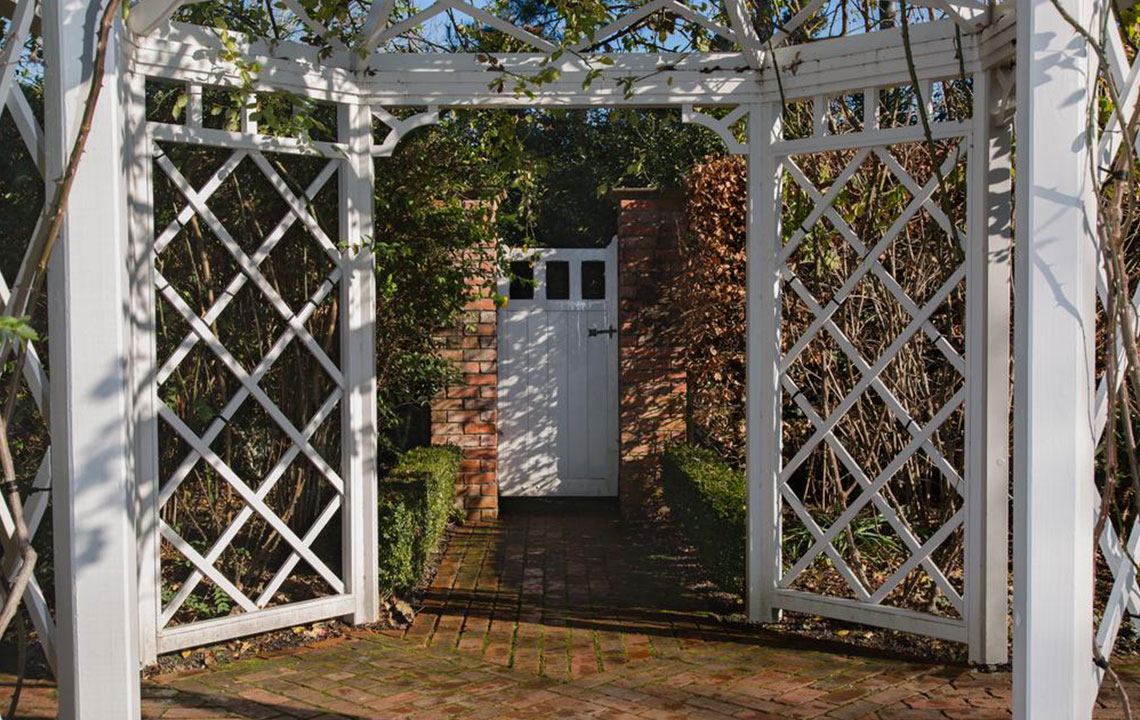
Essential Factors for a Perfect Garden Gazebo Installation
A garden gazebo is more than just an outdoor structure; it is a tranquil oasis that enhances the beauty and functionality of your backyard. Whether you envision a peaceful spot for reading, meditating, entertaining guests, or simply relaxing in nature, a well-installed gazebo serves as a perfect centerpiece. Achieving this requires careful planning and consideration of multiple factors to ensure safety, durability, aesthetic appeal, and usability. In this comprehensive guide, we delve deep into the key aspects you need to consider before installing your garden gazebo, providing step-by-step insights that will help you create an outdoor sanctuary that lasts for years.
Investing in a garden gazebo is an excellent way to elevate your outdoor space. It adds value to your property, provides comfort during outdoor activities, and creates an inviting atmosphere for family and friends. However, to maximize these benefits, you need to focus on critical details, from choosing the right location to ensuring compliance with local regulations. Here, we discuss five crucial considerations that will help you plan and execute a seamless installation process.
Choosing the Perfect Location
The foundation of a successful gazebo installation begins with selecting the ideal site. Your chosen location should be spacious enough to accommodate the structure comfortably without feeling cramped. Look for an area that provides privacy, scenic views, and a peaceful environment away from noisy roads or busy paths. The terrain should be level to facilitate stable installation, reducing the risk of tilting or structural issues. Analyze sunlight patterns to position your gazebo where it is shaded during the hottest parts of the day or enjoys morning sun, depending on your preference. Additionally, consider proximity to your house, water sources, and electrical outlets for added convenience.
Assessing Size and Design
The size of your gazebo should align with your intended use. If hosting small gatherings or enjoying quiet solitude, a modest ten- to twelve-foot structure might suffice. For larger groups or family gatherings, consider a sixteen- or twenty-foot model. Remember, a larger gazebo can also serve as a striking visual feature in your garden, but it requires a sturdy foundation and sufficient space. The design should complement your garden's overall aesthetic—be it traditional, modern, rustic, or contemporary. Materials such as wood, metal, or vinyl should match your landscaping style and durability needs. Pay attention to the shape—octagonal, rectangular, or round—based on your personal taste and spatial constraints.
Weatherproofing for Long-Term Use
To enjoy your gazebo throughout the year, consider adding weather-resistant features. A durable canopy or roof made from waterproof materials provides protection against rain, snow, and intense sun. Styles range from simple polycarbonate roofs to elaborate tiled or shingled roofs, depending on your budget and aesthetic preferences. Ensure proper drainage and ventilation to prevent water pooling and mold buildup. If you plan to use the gazebo frequently, invest in UV-resistant fabrics and weatherproof coatings to extend its lifespan. An adequately protected structure can withstand the elements, reducing maintenance and repairs over time.
Incorporating Functional Elements like a Hot Tub
For those considering adding a hot tub or spa, hiking water sources and electrical wiring are essential. Position the hot tub within the gazebo or nearby, ensuring safe access to water lines, drainage, and electrical outlets, adhering to local safety codes. Hire licensed professionals for plumbing and electrical work to guarantee safety and compliance. Proper planning minimizes future renovation costs and ensures your hot tub setup is secure and long-lasting. Besides functionality, nature-inspired design elements such as surrounding foliage or outdoor lighting can enhance the hot tub experience, creating a luxurious retreat exactly where you want it.
Understanding Legal Regulations and Permitting
Before construction begins, familiarize yourself with local building codes and permit requirements. In many areas, structures larger than 100 square feet or those with specific features may require permission from municipal authorities. Failing to obtain necessary permits can lead to fines, removal orders, and legal complications. Consult your local planning office or building department early in your planning process to clarify regulations, height restrictions, setback requirements, and other regulations. Securing permits not only ensures legal compliance but also adds to the safety and credibility of your project. Proper documentation facilitates smoother approval processes and helps avoid costly delays or reconfigurations.
By paying attention to these crucial aspects, you'll be well-equipped to design and install a garden gazebo that aligns with your vision, meets safety standards, and stands resilient against weather conditions. The result will be an elegant, functional outdoor space where family and friends can gather, unwind, and enjoy nature's tranquility for years to come. Whether you prefer a rustic wooden retreat, a modern metal pavilion, or a stylish vinyl structure, thorough planning is key to a successful installation that enhances your yard's beauty and usability.
